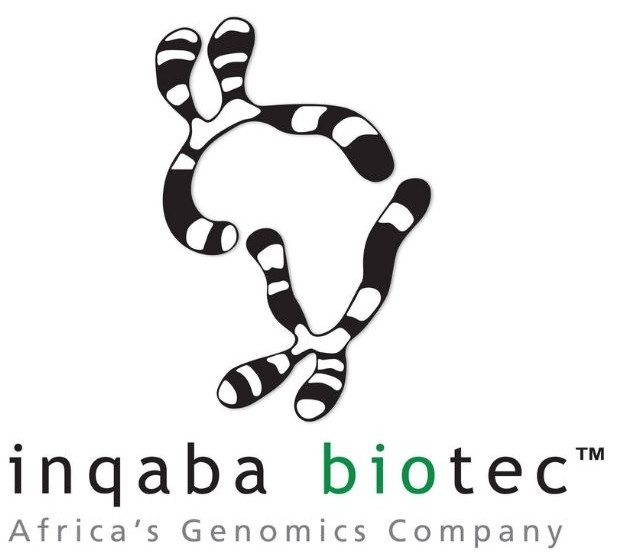The mitochondrial genome of a wild native Oreochromis mossambicus.
Durawo, C.*1, Van der Merwe, N. A.1,3, Hlongwane, N.2, Kooverjee, B.2, Hoareau, T. B.1,4, Bills, R.5, Van der Nest, M. A.3
1 Department of Biochemistry, Genetics and Microbiology, University of Pretoria,
2 Agricultural Research Council, Biotechnology Platform, Onderstepoort, South Africa,
3 Forestry and Agricultural Biotechnology Institute (FABI), University of Pretoria, South Africa
4 Reneco International Wildlife Consultants LLC, Al Reem Island PO Box 61741, 00002 Abu Dhabi, United Arab Emirates
5South African Institute for Aquatic Biodiversity (SAIAB), 11 Somerset Street, Makhanda 6140, South Africa
Oreochromis mossambicus populations in Southern Africa face significant threats of decline, primarily due to hybridization with closely related species. There are a few genetic resources for O. mossambicus, however, the large majority is from farmed individuals. Here, we sequenced the complete mitochondrial genome of native wild O. mossambicus individual. The mitochondrial genome was 16,725 base pairs in length, with a G+C content of 46%, comprising 37 genes, including 13 protein-coding genes, two rRNA genes, 22 tRNA genes, and a 526 bp control region (D-loop). Phylogenetic analysis revealed a close association between O. mossambicus and other cichlid species that are common in Southern Africa. The mitochondrial genome of this native wild individual of O. mossambicus serves as a valuable genetic resource to improve knowledge on its biology and ecology for conservation efforts.
Keywords: Oreochromis mossambicus, aquaculture, phylogenetics, mitochondrial genomes
